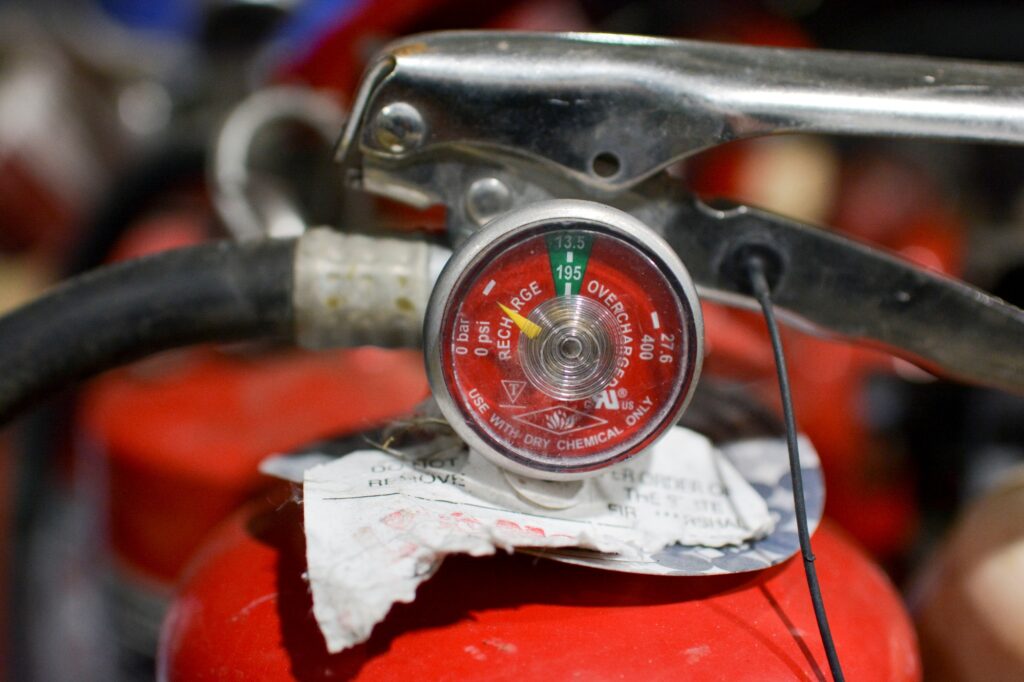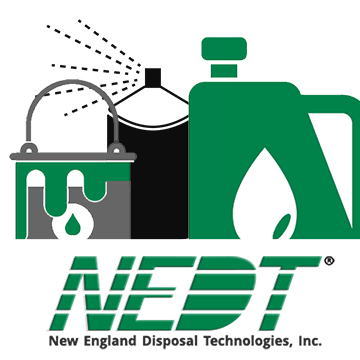If you like to be prepared at home, chances are you have one or more fire extinguishers in the house. The question is: when was the last time you checked it? Fire extinguishers come in different types and age out, meaning you may need to think about fire extinguisher disposal at some point. Today, we’re going to look at the why, the when, and the how when it comes to these tools of home safety to make sure they are ready when you need them and safely disposed of when not.
Why Dispose of Fire Extinguishers?
What are the circumstances that lead to the disposal of a fire extinguisher? There are three major reasons you may need to dispose of the extinguishers:
- Old Fire Extinguishers May Contain Hazardous Chemicals. If you’re uncertain of its contents, consider it hazardous waste and contact your fire department if possible.
- Fire Extinguishers Age and Lose Pressure. As pressurized vessels, fire extinguishers will eventually lose that pressure and cease becoming effective at fire-fighting.
- If You’ve Used the Fire Extinguisher. Most household fire extinguishers are single-use. If you’ve used yours, it is most likely too diminished for future use.
Want to learn more about the contents of fire extinguishers? Check out our Fire Extinguisher Fact Sheet for an in-depth review.
When Fire Extinguishers Expire
Fire extinguishers come with a gauge, allowing you to monitor pressure levels. These gauges tend to have a green “good” range, outside of which it either needs a refill or has been overfilled. Once enough time has passed, or the extinguisher has been used, it will fall outside the green: at this point, you’ll need to either refill or dispose of it. Some household fire extinguishers are single-use and cannot be recharged; check the label and then contact the manufacturer or search for “fire extinguisher recharging” online.
How to Handle Fire Extinguisher Disposal
There are three major steps to getting a fire extinguisher ready for disposal:
- Know Your Type of Extinguisher: Modern extinguishers are either dry chemicals or CO2. Most dry chemical extinguishers cannot be refilled.
- Figure Out Your Disposal Method: CO2 extinguisher may be able to be recharged. Manufacturers may have refill options alongside local facilities. You can also contact fire equipment companies or your local fire department.
- Emptying and Making Safe: Most extinguishers can be disposed of at home. First, they need to be emptied using the PASS method. This should be done outside. Once empty, unscrew the valve assembly or drill holes before placing it in the trash.
Learn more in our companion blog, Why Fire Extinguishers Expire and What to Do with Them.
If you’re uncertain of the type of extinguisher or don’t want to deal with home disposal, you can bring them to a household hazardous disposal facility. NEDT has multiple locations serving New England, as well as online resources such as our fact sheets and blog to help you dispose of fire extinguishers alongside other household hazardous waste. Contact NEDT today to get started, including a quote for our MA-based household pick-up service!




Leave a Reply